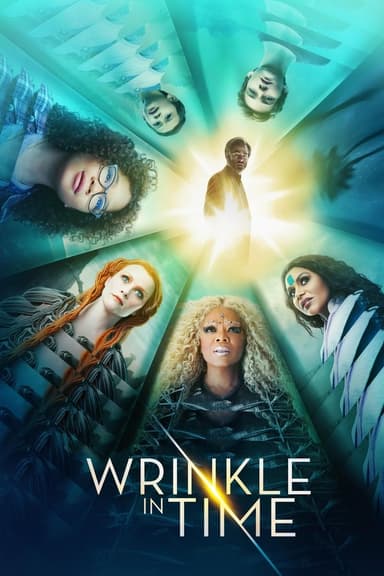
Diary of a Wimpy Kid: The Long Haul
2017 • Comedy, Family • PG
A Heffley family road trip to attend Meemaw's 90th birthday party goes hilariously off course thanks to Greg's newest scheme to get to a video gaming convention.
Runtime: 1h 31m
Why you should read the novel
If you truly want to experience the hilarious chaos and relatable misadventures of Greg Heffley, there’s no better way than reading Jeff Kinney’s original source novel. The book offers clever illustrations and handwritten notes straight from Greg’s point of view, giving you a personal peek into his thoughts that a movie simply cannot deliver.
By diving into the book, you’ll discover far more witty inner monologues and subtler moments that get glossed over on screen. Kinney’s storytelling shines in the way he captures everyday embarrassments and mishaps, making each road trip disaster enjoyable and authentic. You’ll see the entire Heffley family come to life in your imagination, and the jokes land with even more impact through the unique diary format.
Reading the novel is an immersive experience that builds a deeper connection with the characters and their relationships. If you’ve loved the movie’s energy, you’ll find that the book offers even more laughs, heart, and quirky details that make Greg Heffley’s world such a delight. Give yourself the chance to appreciate the original storytelling that inspired the film!
Adaptation differences
One of the most noticeable differences between Diary of a Wimpy Kid: The Long Haul movie and the book is the content and scope of the story. The movie introduces entirely new plot points and characters that don’t exist in the novel, such as the addition of a social media celebrity (Mac Digby) and the family’s quest to attend Meemaw’s 90th birthday—a storyline invented just for the film. In contrast, the book focuses more on Greg’s internal triumphs and tribulations during a family road trip prompted by his mom’s desire for family bonding.
The adaptation also features many events and slapstick gags that are not found in the book, which tends to stick with more plausible—but no less hilarious—misfortunes. For example, the film heavily emphasizes over-the-top, cartoon-like scenarios such as a pig on the run or extended bathroom-related mishaps. The book, meanwhile, leans into Greg’s typical, self-inflicted predicaments and his comedic observations about family dynamics and travel woes.
Another significant change is in the characters themselves. The movie features an entirely new cast, replacing the original actors from previous films. This shift altered the dynamic and chemistry viewers had come to expect, making the on-screen family feel quite different from how they’re established both in the original literary series and earlier film adaptations. The novel, told directly through Greg’s words and cartoons, provides consistent character voices and deeper insight into their quirks, especially Greg’s unique perspective on his family.
Finally, the tone and pacing diverge notably between the two mediums. The book’s diary format lets you linger on hilarious illustrations and dry wit, keeping the experience grounded and intimate. The movie, by necessity, moves at a faster pace and crams in more action, sacrificing some of the subtle humor and character development that make the book so enduring. Ultimately, while the movie provides visual spectacle, the source novel delivers the heart and humor that fans love most about the Wimpy Kid series.
Diary of a Wimpy Kid: The Long Haul inspired from
Diary of a Wimpy Kid: The Long Haul
by Jeff Kinney













